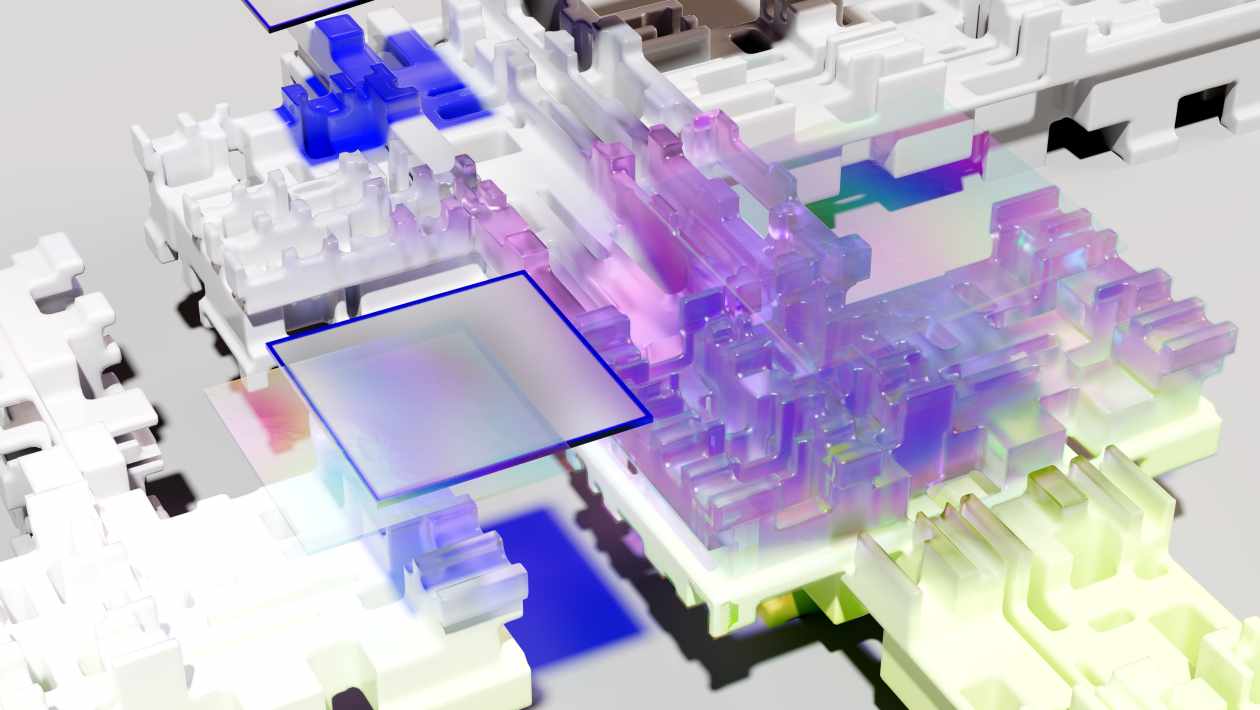In today’s digital world, machine identity is becoming increasingly important. With the proliferation of devices and the growth of the Internet of Things (IoT), it’s essential to manage machine identity properly. This is looked at in the State Of Machine Identity Management Report.
Table of Contents
What Are Machine Identities?
With the advent of the Internet of Things (IoT), more and more devices are coming online daily. These devices, known as “things,” can communicate and exchange data using various protocols. But how do these devices know they can trust the data they’re receiving from other devices? That’s where machine identities come in.
Machine identities are digital identities that are assigned to devices rather than humans. They allow devices to authenticate and communicate with each other securely, which is essential for the functioning of the IoT. Machine identities can be either static or dynamic, typically consisting of a username and password, an encryption key, or a digital certificate.
How Do Machine Identities Work?
For two devices to communicate with one another, they first need to establish a secure connection. This process is known as authentication, and several different methods can be used to achieve it. The most common method is to use a username and password, but this is not considered to be very secure since passwords can be easily guessed or stolen.
Another method that can be used is encryption. This method converts data into a code before sending it from one device to another. The recipient of the data then uses a key to decode the information. This method is more secure than using a password since it is much harder to guess an encryption key than guessing a password.
The most secure method of authentication is to use a digital certificate. A digital certificate contains information about the device’s identity and a public key that can be used to verify the certificate’s authenticity. When two devices want to communicate, they first exchange certificates to verify each other’s identity. Once each device has verified the other’s identity, it can establish a secure connection and exchange data.
Managing Machine Identity
Here are five tips for managing machine identity.
Establish A Central Authority For Managing Machine Identities
The first step in managing machine identity is establishing a central authority responsible for issuing and revoking digital certificates. This authority should be separate from the organization’s applications and devices to ensure that it remains unbiased and can’t be compromised by an attacker.
Provision Machine Identities Securely And Efficiently
Provisioning machine identities can be a time-consuming and error-prone process, especially if done manually. Consider using an automated system that can generate certificates and keys according to your organization’s security policies to provision identities securely and efficiently.
Manage Machine Identities Throughout Their Lifecycle
Machine identities have a lifecycle that includes creation, issuance, renewal, revocation, and destruction. It’s important to manage each phase of the lifecycle carefully to ensure that only authorized devices have access to the network and that all data passing between devices is properly authenticated and encrypted.
Monitor And Audit Access To Machine Identities
It’s also important to monitor and audit access to machine identities to ensure that they are being used as intended and that no unauthorized access is occurring. You can detect anomalies indicating attempts to abuse or misuse identity information by monitoring usage patterns.
Protect Machine Identities With Strong Authentication And Encryption
The final tip for managing machine identity is to protect it with strong authentication and encryption. Devices accessing the network should be authenticated using industry-standard protocols such as TLS/SSL or IPSec. In addition, all data passing between devices should be encrypted using strong cryptography such as AES or Elliptic Curve Cryptography (ECC).
Benefits Of Machine Identities
Managing machine identity properly can provide several benefits for your organization, including improved security, increased efficiency, and reduced costs. Keep reading to find out more.
Improved Security
One of the most important benefits of machine identities is that they can be used to improve security. With so many devices and applications trying to access sensitive data, it’s essential to have a way to distinguish between them. Machine identities to verify that a particular device or application is authorized to access specific data. This helps to prevent data breaches and other security threats.
Increased Efficiency
Another benefit of machine identities is that they can help to increase efficiency. Businesses must maintain multiple credentials for different devices and applications in many cases. This can be time-consuming and difficult to keep track of. With machine identities, businesses can streamline their credential management process and save time.
Improved User Experience
Finally, machine identities can also be used to improve the user experience. In some cases, businesses need to provide users with multiple sets of credentials for different devices and applications. This can be confusing and frustrating for users. With machine identities, businesses can provide users with a single set of credentials that can be used across all devices and applications. This simplifies the process and makes it more user-friendly.
Final Thoughts
Machine identity management is critical to securing data in today’s digital world. These five tips can help ensure that your machine identities are properly managed and secured against potential threats and will help increase the positives in the State Of Machine Identity Management Report.




